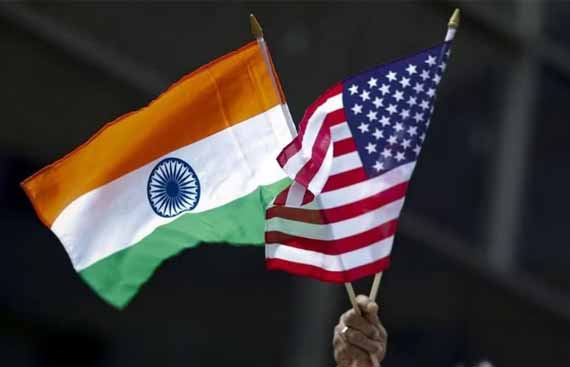S&T Initiatives Propelling the Strategic Partnership between India and the US

India-US relations, emphasized through 2+2 dialogues, show a growing trend in strategic collaboration, shifting focus from economics to fostering innovation in science and technology, benefiting both nations.
Over the past decade, the dynamic landscape of international relations has witnessed a significant transformation, with science and technology initiatives emerging as pivotal contributors to diplomatic partnerships. One such noteworthy alliance is the evolving relationship between India and the US. the strategic collaboration between these two nations has strengthened bilateral ties and fostered innovation, economic growth, and global leadership.
With regards to defense collaboration, both parties have concluded the security of supply arrangement (SOSA) to bolster the autonomy of their respective supply chains, and they have established the Roadmap for Defense Industrial Cooperation between the United States and India. In a subsequent bilateral meeting following the 2+2 dialogue, Defense Minister Rajnath Singh and Defense Secretary Lloyd Austin delved into the developments concerning the General Electric F-414 deal and explored potential opportunities for the joint production of Stryker infantry combat vehicles.
During the dialogue, significant attention was given to the advancements in S&T partnerships. The ministers emphasized the strides taken under the collaborations in science, technology, and critical technology value chains. Private sector investments from the United States into India's semiconductor ecosystem are supported by a call for sustained strategic collaborations among academic, research, and corporate entities in burgeoning fields like quantum, telecom, biotechnology, artificial intelligence, and semiconductors. This is emphasized as a means to drive innovation on a global scale.
The ministers recognized progress in space collaborations, highlighting the formation of a sub-working group focused on space commerce and India’s engagement in global space organizations. Deliberations encompassed mineral security, energy collaboration, and enhanced science and technology cooperation between India and the US within the bilateral agreement. Noteworthy collaborative structures, including the iCET, India–US Civil Space Joint Working Group, Joint Committee Meeting on Science and Technology, and the Strategic Trade Dialogue Monitoring Mechanism, underscored these mechanisms' evolving and consolidating nature.
The collaboration between academic, research, and corporate sectors in emerging technologies within both countries is poised for enhancement through initiatives like the India–United States Defence Acceleration Ecosystem (INDUS X). This program aims to create an innovation bridge, fostering connections among defense startups.
Indus-X reflects on establishing the TiE (The Indus Entrepreneurs) Network of Indian-American entrepreneurs. The network aimed to support entrepreneurship and networking for many Indians who came to the United States as students and later established tech start-ups in Silicon Valley. This trend persists in the current record high of 268,923 Indian students studying in the U.S., with over 73,000 pursuing engineering degrees. This substantial pool of students could potentially contribute to the growing Science and Technology collaborations, provided there is successful channeling through awareness and targeted programs in universities with a significant Indian student presence.
In the bilateral relationship between India and the United States, highlighted notably through the dialogues, a clear and consistent trend toward increased strategic collaboration is observable. Moving beyond the initial focus on economic cooperation and alignment in the defense realm, there is a forward-looking inclination towards nurturing collaboration in science and technology. Pioneering initiatives like iCET and Indus-X underscore the innovative spirit inherent in science and technology endeavors. The ongoing contributions of numerous Indian students to the innovation landscape in the U.S. present an opportunity to further enhance their participation in these programs, ultimately benefiting both nations.
